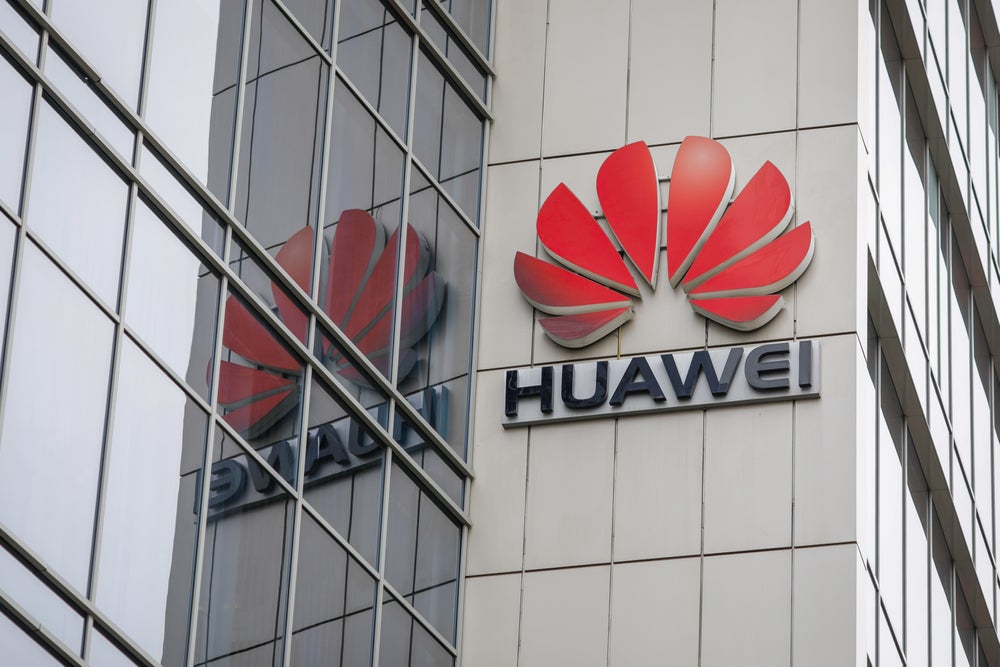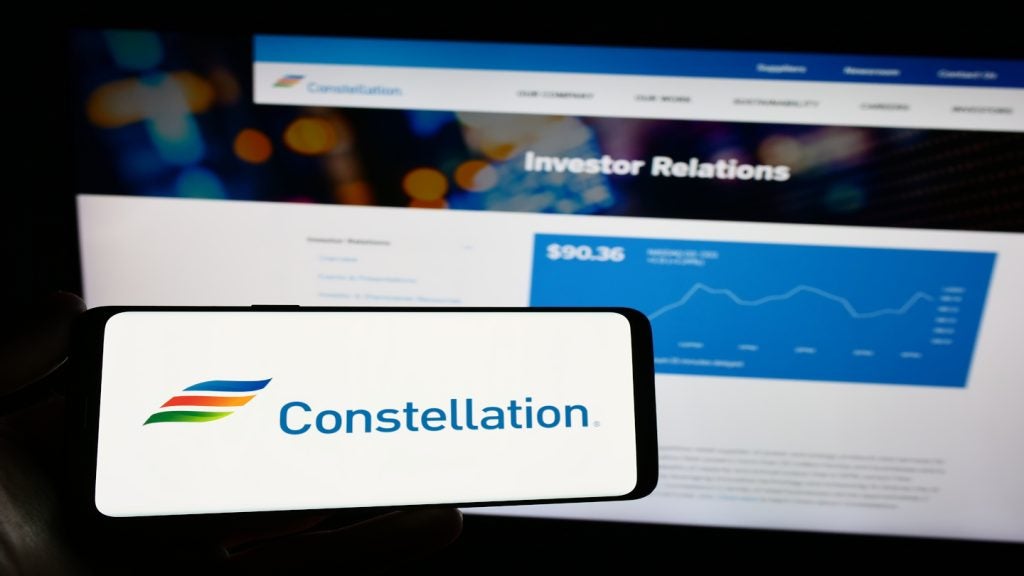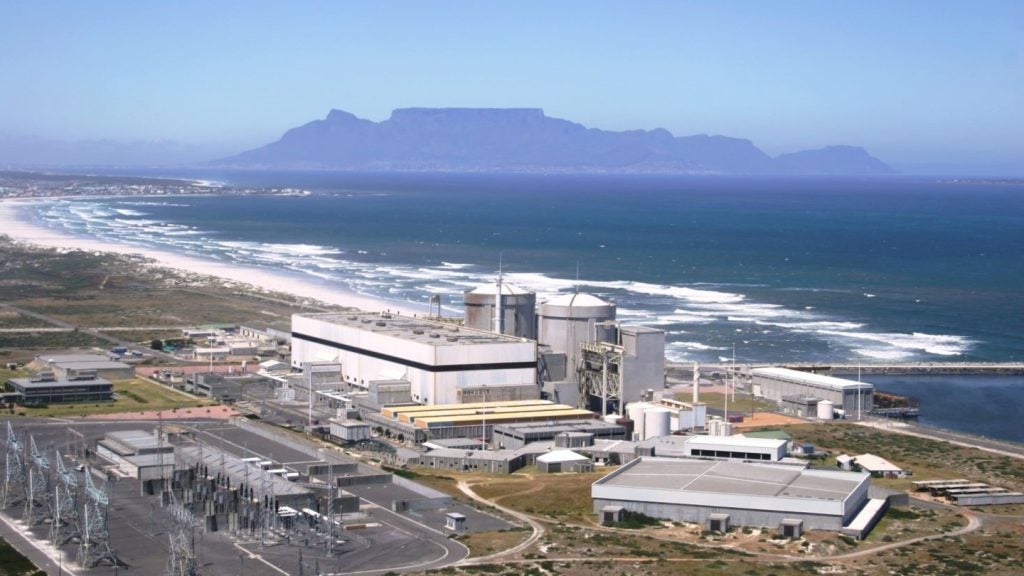In an exclusive interview with Power Technology, Lifei Liu, Europe and Middle East regional director of Huawei’s electric power digitalisation business unit, highlights how technology companies can help reduce costs for utilities by digitalising their operations.
Digitalisation has become a key focus for the global energy industry in recent years, with utilities rushing to transform their operations to adapt to the fast-changing energy landscape.
Discussing the evolving sector, Liu stresses the increasing need for collaboration between digital technology firms and power companies to reduce costs, improve efficiency and meet rising energy demands.
He explains that the biggest issues in electricity transmission and distribution (T&D), including line loss, power supply reliability and integrating and managing new energy, can be addressed with advanced digital tools. For example, he notes that Huawei’s Intelligent Distribution Solution (IDS) can “shorten line loss data analysis time from months or days to just 15 minutes” by quickly identifying the problem and implementing the most optimal solution.
Such digital measures could lead to massive savings for utilities, Liu claims. “In one country, we found that the savings from using the IDS over its ten-year lifecycle were $5bn-$6bn just from line loss reduction,” he says, while the company’s self-built communication network solution “reduces the OPEX (operating expenses) by about $700m per ten years”.
Liu adds that the economic benefit of digitalisation, however, is not the only advantage. The long-term sustainability of power systems relies on building “future-oriented and open technical architecture”, he says, stressing that ensuring flexibility and scalability in digital infrastructure is key to addressing the growing complexities of power T&D.
Looking to the future, Liu believes that the greatest challenge in digitalising the power sector will be on the “load side”.
He says: “Communication is the basis for addressing the challenges of future power systems. Medium-voltage backhaul can be implemented through fibre networks, wireless private networks, and wireless public networks.”
















